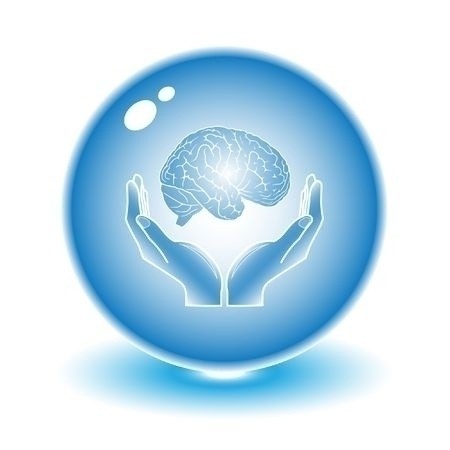Pathological Considerations
Also called Little's Disease or Congenital Spastic Paralysis, this condition is usually the result of developmental defects in the brain or central nervous system or from trauma at birth. It is a non-progressive, symmetrical and bilateral paralysis although the physical and mental defects may not be fully evident for several years after birth.
Physiological Considerations
Spastic, ataxic, and athetoid types of this paralysis are seen depending upon whether the cortex, cerebellum,
or the basal ganglia is affected most severely. Mixtures of these types are the rule. About 70% of these cases show apparent mental retardation.
Medical Approach
Maximal independence within the limits of the patient's motor and associated handicaps is the goal of treatment
in these cases. With proper management of the motor handicap the patient can often live a near-normal life. However, seizures often require the use of anticonvulsants for control. Support for the patient in the form of speech therapy, physical therapy, occupational training, in conjunction with orthopedic surgery and bracing with splints and plastic form-fitting devices, provides both mental and physical help and encouragement. However, it
is not realistic for many of these patients to try to realize total social independence because of varying degrees
of assistance and supervision needed throughout most of their lives. The parents of these children often need continuing guidance and assistance in understanding and caring for the child's welfare in order to reach the child's maximal potential.
Treatment
Regardless of the extent of the pathology and accompanying symptoms treatment is basically the same from a nutritional viewpoint. Nutritional therapy will not restore destroyed brain or nerve cells, but it can greatly aid in the development of functional control via collateral cells in the brain and central nervous system. It also goes a long way in relieving the terrible stress seen in these patients. It can build strength and resistance to infection and intercurrent secondary disease invasion, and it very often improves the mental outlook of these patients as they become mature.
Suggested Nutritional Supplementation
- Wellness Essentials - 2 packets daily
Optimal daily nutrition in easy-to-use daily packets which provide a special combination of nutrients that uniquely support healthy physiology, anatomy and supports detoxification
- Lumina - 2 softgels daily.
Lumina is designed to support healthy mental function and relaxation-issues related to proper focus, attention, learning, and memory-through modulating the metabolism of neurotransmitters such as dopamine, gamma-aminobutyric acid (GABA), and norepinephrine. DHA Lessens irritability, achieves greater alertness, and is often instrumental in affecting better bladder control.
- Ceriva - 2 softgels daily.
Ceriva is formulated to support healthy cognitive function in those concerned about maintaining their brain
function by beneficially modulating acetylcholine.
- Lipoic Acid - 3-6 capsules daily.
Powerful antioxidant. It can also pass through the blood-brain barrier and thus protect brain cells from free-radical damage, increase brain energy availability, and skeletal muscle performance.
- SpectraZyme - 2-3 tablets with each meal.
Enzyme factors which aid in intestinal absorption and assimilation. Aids protein digestion and aids in
phagocytic activity.
- Perfect Protein or Ultimate Protein - 1-2 scoops daily.
Protein supplementation is absolutely necessary in these cases to support specific components affecting
muscle tissue tone and regeneration.
Diagnostic Tests Indicated
CBC, urine analysis (very important to observe any urinary loss of creatine, which if present in these cases, indicates muscle destruction), liver profile tests, and kidney profile tests.
NOTE: Researchers at the Centers For Disease Control in Atlanta concluded that giving pregnant women magnesium may significantly reduce the incidence of cerebral palsy in infants who are born weighing less than
3.3 pounds. (JAMA, December 11, 1996; 276(22): 1805-10)
Dietary Suggestions
- FirstLine Therapy® Diet






